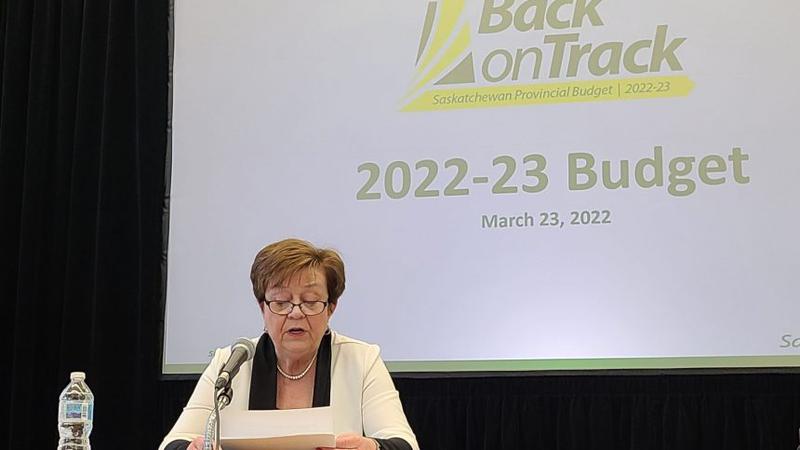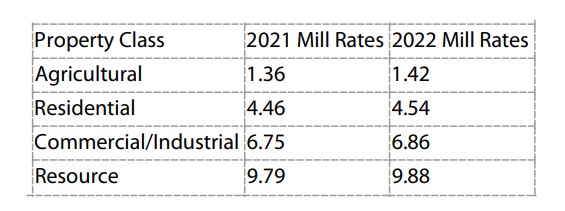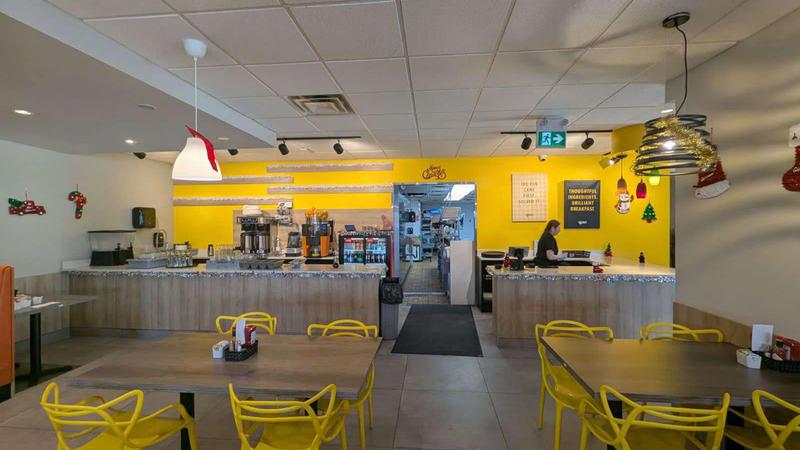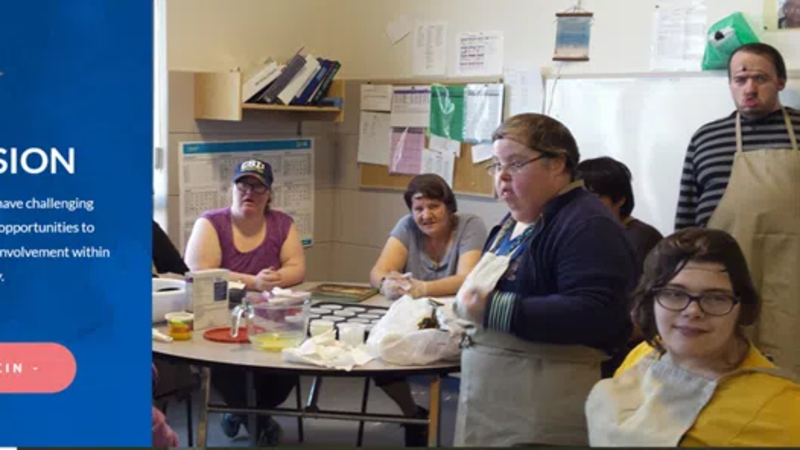
Expanding PST, contracting surgical wait list part of 2022-23 budget
People in Saskatchewan are going to have to pay a few dollars more to be entertained starting in October.
As part of the 2022-23 budget released Wednesday, Finance Minister Donna Harpauer announced the provincial government will be imposing the six per cent Provincial Sales Tax on green fees and gym memberships as well as on tickets for sporting events, concerts, museums, fairs, movies and other entertainment events.
The additions align with items on which the GST already is collected.
Previously, the government collected PST only on items such as appliances, used cars, children’s clothing, home and auto insurance, restaurant meals, and renovations and repairs. It won’t be added to the cost of audio books.



